In the bustling world of online content, the archives of your WordPress website are akin to a hidden treasure trove often overlooked amidst the clamor for fresh, new material. Yet, these archives house a reservoir of invaluable information, a wealth of ideas, and a repository of insights painstakingly accumulated over time. Within these archives lie the historical footprint of your website – a narrative etched in blog posts, articles, resources, and past endeavors. Collectively, they weave the tale of your website’s evolution, growth, and accrued expertise.
However, the mere act of storing this wealth of content falls short of realizing its full potential. It’s not merely about the quantity of archived content but the quality and strategic utilization of this repository that truly define its worth. A dormant archive is like a library with volumes of knowledge waiting to be discovered. To unlock its true value, strategic optimization and purposeful utilization are imperative.
Why Repurpose Old Content?
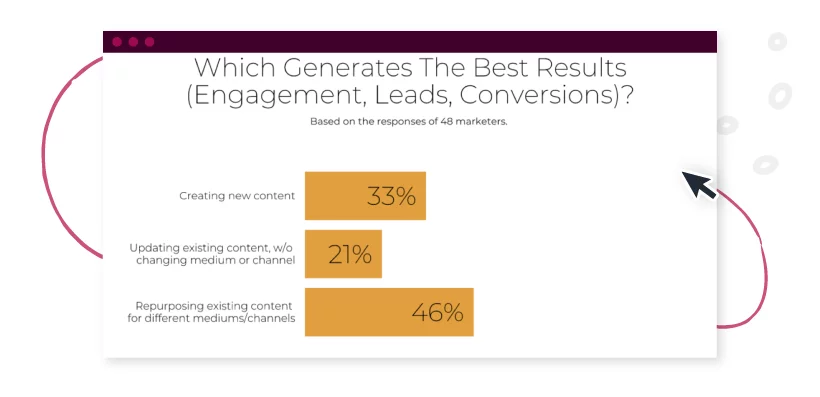
- Enhanced Visibility and Reach: Refreshing older content ensures it remains relevant and appealing to your audience. By repurposing, you can adapt the content into various formats like videos, infographics, or podcasts, making it more accessible to different audience segments. This multi-format approach widens your reach across diverse platforms and audience preferences.
- SEO Benefits: Updating and repurposing old content helps maintain its relevance in search engine algorithms. Search engines favor fresh, updated content. When you refresh and optimize older posts with updated keywords, links, or multimedia elements, it can positively impact search rankings, potentially leading to increased organic traffic.
- Extended Lifespan of Content: Repurposing allows you to breathe new life into older content that might have become stagnant. Instead of letting valuable information fade away, converting it into different formats or adding relevant updates extends its lifespan and usefulness.
- Cost and Time Efficiency: Building content from scratch demands considerable time and resources. Repurposing saves time and resources while still providing quality content. You can use the existing framework and modify it to suit different formats or update it with new insights.
- Audience Engagement: Repurposed content caters to different learning preferences and browsing habits. Some users prefer visual content like infographics or videos, while others might prefer in-depth articles or podcasts. By offering content in multiple formats, you engage a wider audience.
- Targeting Different Platforms: Each platform has its unique strengths. Repurposing content allows you to tailor material for different platforms, maximizing its impact. For instance, a blog post might be adapted into an informative video for YouTube or transformed into a visually appealing infographic for social media platforms.
- Establishing Authority: Regularly repurposing and updating content can position you as an authoritative source within your niche. It demonstrates a commitment to providing current, accurate, and valuable information, fostering trust and credibility among your audience.
Strategies to Revive Old Content:
1. Assessing Content Relevance:

Purpose: Before repurposing old content, a thorough analysis is essential to ensure its suitability for reuse and effectiveness.
Tools for Evaluation: Utilizing tools like Google Analytics for performance insights and Hotjar for user engagement data helps in understanding how the audience interacts with the content.
Plugin Assistance: Consider using plugins like Content Audit in WordPress to categorize content systematically based on its performance metrics and relevance. These plugins facilitate the identification of content that requires repurposing, updating, or removal based on its performance and relevance metrics gleaned from these tools.
2. Sustaining Content Accuracy:
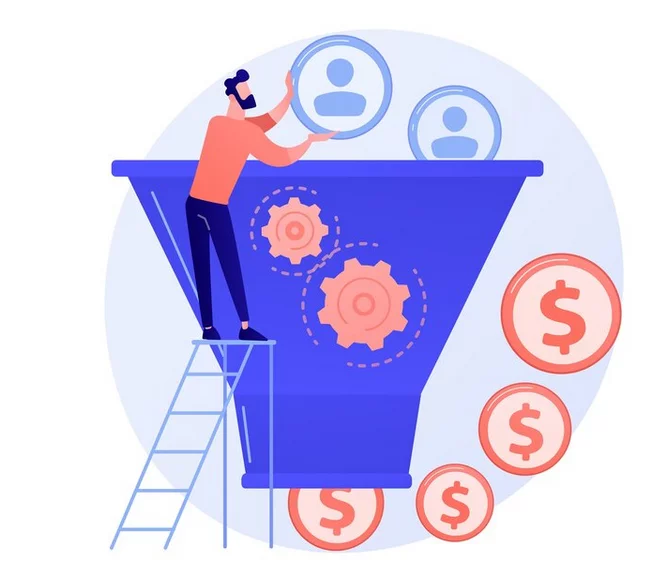
Purpose: The primary objective here is to uphold the accuracy and relevance of your content for sustained benefits in search engine optimization (SEO) and to retain user trust and engagement.
Methods for Updating: It’s crucial to update various elements within your content regularly. This includes refreshing statistics, revisiting visuals, and revising information to ensure it remains current and pertinent. By constantly refreshing this content, you maintain its relevance and usefulness to your audience.
Plugin Assistance: To streamline this process of repurposing old content, consider employing tools such as Revive Old Post. This plugin automates the sharing of updated and refreshed content across your social media platforms. It helps rejuvenate older yet still relevant material, extending its reach and engagement by reintroducing it to your audience.
3. Content Repurposing for Wider Reach:
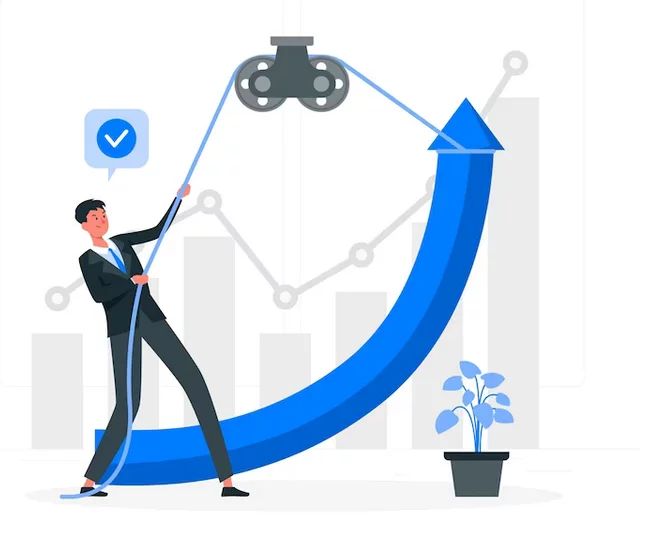
Purpose: The objective here is to breathe new life into older content by repurposing it into varied formats, expanding its audience reach and engagement potential.
Methods for Repurposing: To achieve this, consider transforming existing content into different formats such as infographics, podcasts, videos, or slideshows. Adapting content into diverse formats allows you to cater to different audience preferences and widen your content’s accessibility.
Recommended Tools: Utilize platforms like Canva for its versatile design features, enabling the creation of engaging visuals. Additionally, tools like Audacity are beneficial for crafting quality audio content, aiding in the creation of podcasts or voice-based materials.
4. Optimizing with Internal Linking:

Purpose: The goal here is to bolster your site’s SEO while guiding users to relevant content within your website.
Strategies for Implementation: Employ a refined internal linking strategy that focuses on contextual linking, ensuring that the links inserted within the old content seamlessly relate to the topic and provide valuable additional information to the reader.
Plugin Assistance: Consider utilizing tools such as SEO Internal Links to automate internal linking processes. This plugin assists in establishing a well-structured network of internal links, enhancing user navigation and SEO performance.
5. Curating Roundup Posts for Comprehensive Content:

Purpose: The objective of creating roundup posts is to offer users a consolidated and comprehensive view of related articles or content pieces around a particular theme or topic.
Methods for Curating Roundup Posts: This involves collecting and organizing content that shares common themes, insights, or topics. By aggregating these related pieces, users benefit from a centralized resource that presents varied perspectives and information on a specific subject.
Plugin Recommendation: The suggested tool, List Category Posts, streamlines the process of showcasing categorized content. It allows for efficient categorization and display of content, making it easier for visitors to navigate through and explore curated posts.
6. Showcasing Evergreen Content for Long-term Relevance:

Purpose: Highlighting evergreen content involves giving continued prominence to timeless articles or resources that maintain relevance and value for the audience over time.
Strategies for Highlighting Evergreen Content: Allocating dedicated space on the homepage or prominent sections of the website ensures that evergreen content remains visible and easily accessible to users. This visibility contributes to increased engagement and retention of valuable information by the audience.
Plugin Recommendation: Leveraging tools like Content Views offers various options for presenting old content. This plugin facilitates versatile ways to showcase evergreen content, enhancing its visibility and ensuring users can engage with these valuable resources.
7. Enhancing SEO Impact for Older Content:

Purpose: The aim of optimizing older content for SEO is to improve its visibility on search engines, ensuring sustained relevance and traffic.
Strategies for SEO Optimization: Upgrading metadata components such as meta titles, descriptions, and headers for old content can significantly enhance its ranking on search engine result pages. Optimizing these elements increases the likelihood of users discovering and engaging with older content.
Plugin Recommendation: Utilizing plugins like Yoast SEO streamlines the management of SEO elements. Yoast SEO offers comprehensive tools to efficiently handle SEO tasks, aiding in the optimization of older content for improved visibility and ranking.
8. Leveraging Email Marketing for Content Promotion:

Purpose: The purpose of leveraging email marketing is to engage with the audience more directly through targeted email campaigns, drawing their attention to older but still relevant content pieces.
Strategies for Email Marketing: Incorporating links to older posts within newsletters or dedicated email campaigns serves to reintroduce or highlight valuable content to the audience. This approach increases visibility and engagement with older yet still valuable resources.
Tool Recommendation: Utilizing platforms like Mailchimp simplifies and streamlines email campaign management. Mailchimp offers features for designing, sending, and tracking the effectiveness of email campaigns, making it an efficient tool for content promotion.
9. Performance Monitoring and Analytics Assessment:
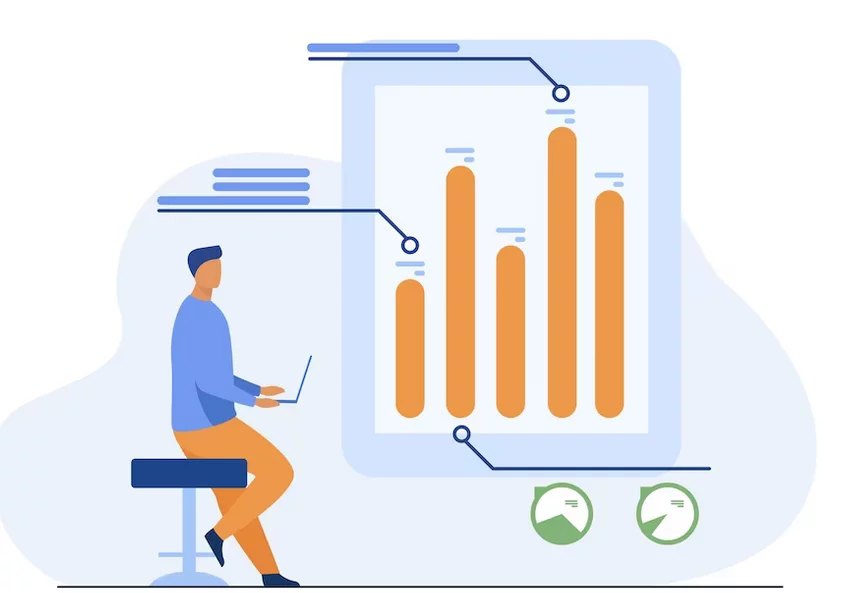
Purpose: Monitoring the performance of strategies implemented for older content helps in evaluating their impact on user engagement and website metrics.
Methods for Performance Assessment: Employing tools like MonsterInsights enables tracking analytics and engagement metrics. By analyzing these insights, website owners can discern the effectiveness of their strategies for older content and make informed decisions based on the data collected.
10. Harnessing User-generated Content for Fresh Insights:

Purpose: Utilizing user-generated content discussions provides valuable insights for generating new and engaging content.
Utilizing User-generated Discussions: Transforming user-generated discussions into compelling content helps create engaging material that resonates with the audience. Tools such as wpDiscuz can facilitate the transformation of these discussions into informative articles or blog posts, leveraging the insights from user interactions.
11. Hosting Webinars or Live Q&A Sessions:

Purpose: Hosting live sessions or webinars serves to breathe new life into older topics by engaging the audience in real-time discussions.
Strategies for Live Sessions: Platforms like Zoom or StreamYard offer effective means to conduct live sessions based on archived or older content. These sessions can involve discussions, Q&A sessions, or deeper explorations of archived topics, fostering engagement and providing fresh perspectives.
12. Crafting a Historical Timeline for Content Evolution:
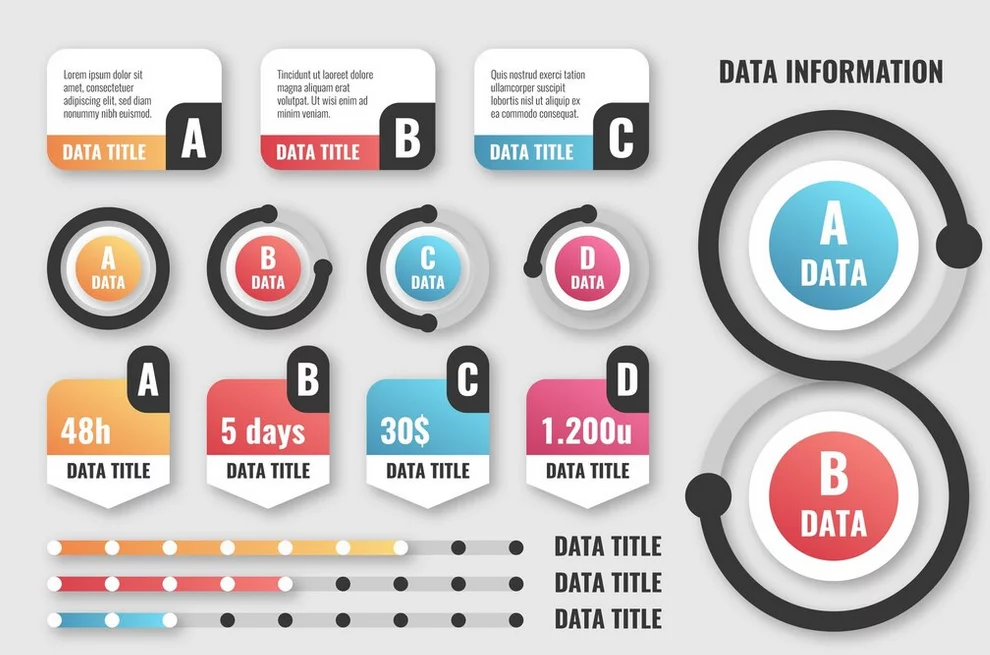
Purpose: Visualizing the evolution of content over time creates an engaging narrative that captivates the audience.
Creating a Historical Timeline: Utilizing plugins such as Timeline Express enables the representation of content progression over a timeline. This visual representation showcases how content has evolved, providing an intriguing journey for users to explore the website’s growth and evolution.
Tools and Plugins for Enhanced Execution:
- For Webinars: Zoom or StreamYard offers versatile platforms for live sessions, enabling interaction and engagement.
- Historical Timeline Creation: The WordPress plugin Timeline Express simplifies the creation of interactive timelines, enhancing the storytelling aspect of content evolution.
13. Conduct Polls and Surveys:
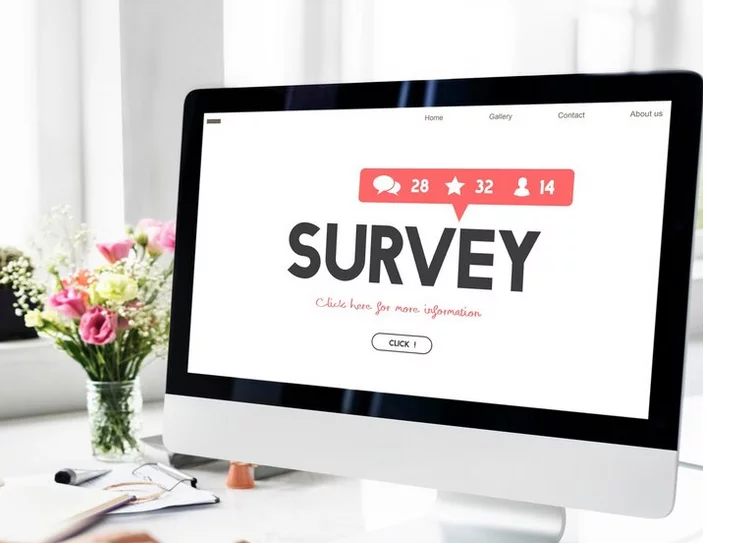
- Purpose: Engaging users through interactive polls and surveys helps in gathering opinions and preferences related to older content, fostering user engagement and feedback.
- Strategies: Utilize plugins such as WPForms or SurveyMonkey to seamlessly integrate polls or surveys within the content. These tools offer customizable survey forms that collect insights about user preferences, opinions, or interests in existing or archived topics. This valuable feedback guides future content strategies and decisions.
14. Collaborate for Guest Posts:

- Purpose: Inviting guest authors or industry experts to contribute fresh perspectives on older topics adds credibility and diversity to the content.
- Strategies: Leverage plugins like User Role Editor to grant contributor access or specific permissions to guest authors. Collaborative plugins can facilitate the submission and management of guest posts, making it easier to curate and publish external contributions. This collaboration can revitalize older topics, attracting new audiences through varied viewpoints.
15. Offer Exclusive Content Access:

- Purpose: Providing exclusive access to premium or archived content rewards loyal users and encourages increased engagement.
- Strategies: Plugins like Restrict Content Pro or MemberPress enable website owners to restrict access to premium or archived content. By limiting this content to registered users or subscribers, it incentivizes users to engage more frequently, thereby fostering a dedicated audience base.
16. Translate or Localize Content:
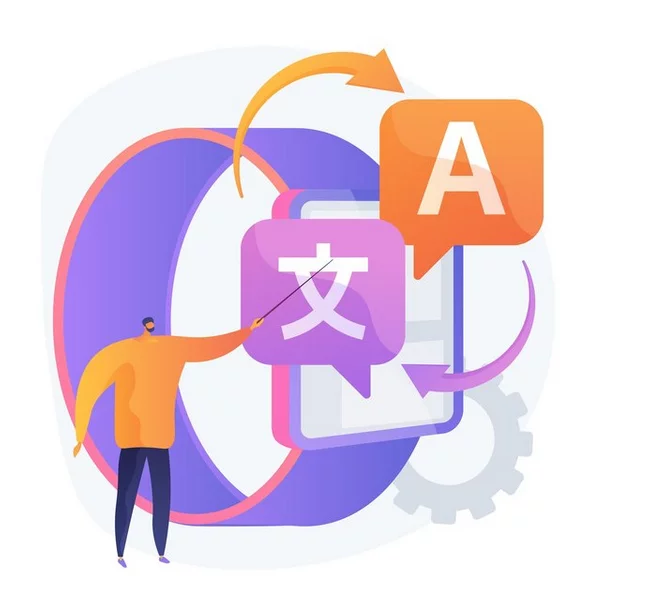
- Purpose: Expanding the reach of older content by translating it into multiple languages or localizing it for specific regions helps in attracting a diverse audience.
- Strategies: Leverage plugins such as WPML or Polylang that facilitate multilingual content management. These tools streamline the translation process, enabling the creation of translated versions of existing articles. Localizing content enhances accessibility and relevance, catering to a broader audience base.
17. Implement Content Gamification:

- Purpose: Adding gamification elements to older content enhances user interaction, encouraging engagement and repeated visits.
- Strategies: Utilize plugins like myCred or GamiPress to introduce gamification features. Implement reward systems, badges, or points for users who interact with, share, or revisit older content. These incentives motivate users to engage actively with the content, fostering prolonged interaction and increased site traffic.
Conclusion:
Your WordPress archives possess immense, untapped potential. By strategically leveraging historical content, you can rejuvenate your website’s value. Implement these strategies, plugins, and tools to transform older content into a powerful asset, benefiting both your audience and your site’s performance. Embrace the unexplored potential within your archives and witness your WordPress site flourish with renewed vitality and impact.
FAQs on Reviving WordPress Content:
Is it worth highlighting evergreen content on my website?
Yes, highlighting evergreen content ensures it remains prominently visible on your website, offering continual value to visitors. Plugins like Content Views assist in customizing and showcasing evergreen content effectively.
How can I effectively monitor the performance of optimized archives?
Tools like MonsterInsights provide detailed analytics, allowing you to track user engagement, traffic patterns, and the overall impact of optimized content. These insights help in evaluating the success of your content strategy.
Can user-generated content from comments or forums be repurposed?
Absolutely! Valuable insights and discussions from user-generated content can serve as inspiration for new content or even be transformed into informative posts. Plugins like wpDiscuz facilitate the management and utilization of user discussions effectively.
How can I create a chronological representation of my content’s evolution?
Plugins like Timeline Express help create a visual representation of content progression. They allow you to showcase the historical journey of your content, providing visitors with a chronological view of your website’s evolution.
What’s the best way to get started with optimizing my WordPress archives?
Begin by conducting an in-depth analysis of your existing content using tools like Google Analytics and Hotjar. Then prioritize content for updates, repurposing, and strategic linking. Consider using plugins and tools to streamline the optimization process.



